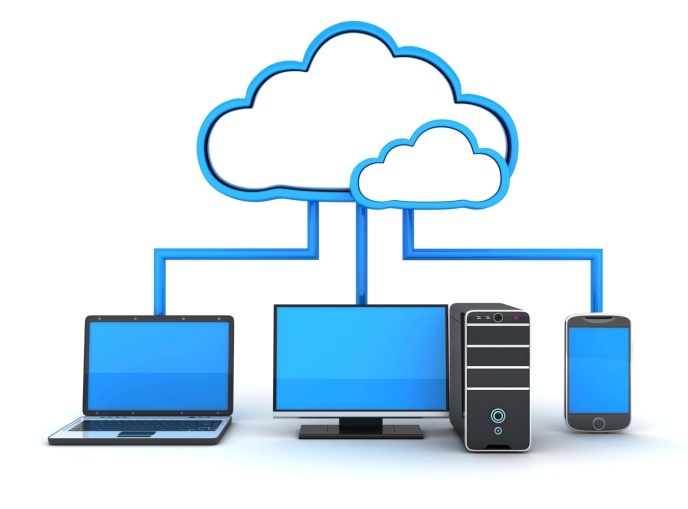What Your MSP Needs to Know When Leveraging a Cloud Protection Vendor

Once upon a time, the Managed Service Provider (MSP) model for workforce management was a new and untested idea. We all know that it is now widely embraced as a proven methodology, that MSPs for workforce management make sense for many organizations. More recently, Cloud computing was the untested tech innovation making headlines. Alas, we seem to have fully embraced the “Cloud” or web-based storage for data – including critical business data. However, just as all MSPs were not created equal, all Cloud storage providers are not equally equipped and reliable. If your organization intends to leverage what is being referred to as DRaaS (Data Recovery as a Service), or cloud-based data recovery, here’s what you need to know about the field of offerings, courtesy of Gartner’s Magic Quadrant report.
Gartner’s well-known “Magic Quadrant” reporting has been applied, for the first time ever, to DRaaS providers. According to the report, “Among providers of disaster recovery as a service there is wide variance in experience and service quality, together with other key differentiating factors. Data center managers should use this Magic Quadrant to help them evaluate providers of DRaaS services.” So, if as Gartner predicts, “by 2018, the number of organizations using disaster recovery as a service will exceed the number of organizations using traditional, syndicated recovery services” it will be very important to know which service your MSP is using and how reliable it is.
One of the DRaaS providers making a respectable showing in the Magic Quadrant was an outfit named Acronis. Acronis’ senior vice president, John Zanni recently contributed a post to the MSP Mentor Blog titled, “3 Questions to Ask Your Cloud Data Protection Vendor”. In his post, Zanni suggests that one of the biggest value propositions of an MSP is its ability to ensure its customers’ mission-critical data and systems are secure and recoverable in the event of a catastrophic failure. RFPs for MSPs always contain a section on disaster recovery and business continuity topics for a reason. Selecting a DRaaS provider must definitely include some consideration to their security and redundancy for data protection, backup, disaster recovery and file sharing/synching.
Zanni’s three questions for MSPs seeking a DRaaS provider are salient. You can read his full post here. But the digested version suggests:
- Is it easy? For both service providers and end user customers, cloud solutions for data protection need to be easy – both to provision and manage for MSPs to maximize their margins, and easy to use for end customers.
- Is it a complete solution? Effective data protection is all about a company’s ability to quickly recover by getting the business back up and running across systems, servers, PCs, Macs and virtual machines, as well as applications. In short, the cloud has made access to best-in-class, complete data protection more accessible than ever–for both service provider and end customers.
- Is the vendor a trusted and proven partner? The solution provider you choose for data protection services should have proven technologies and experience. Make sure your vendor knows the data protection space and how to stay ahead in this dynamic market with constantly evolving customer needs.
If you’re considering an MSP model for workforce management, or if you already leverage an MSP, but are concerned about a proposed MSP migration to a cloud storage provider, your best course of action is to engage in some due diligence and make a well-informed selection based on the facts. You can also ask your nextSource representative for guidance in this important decision.


